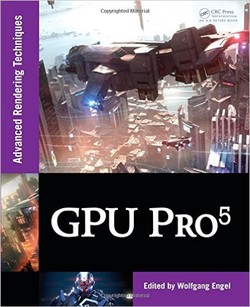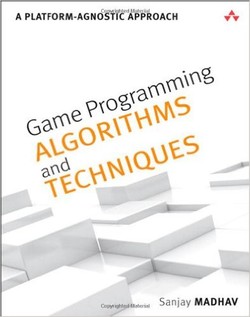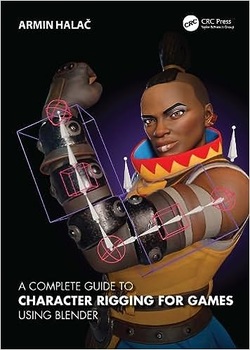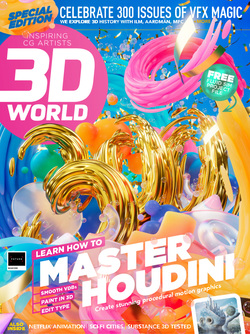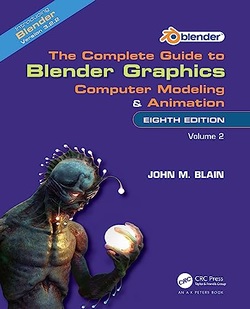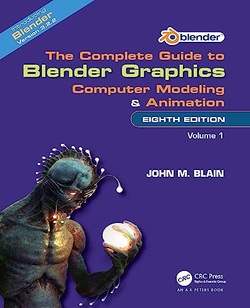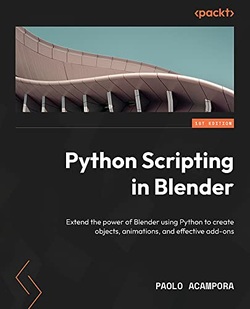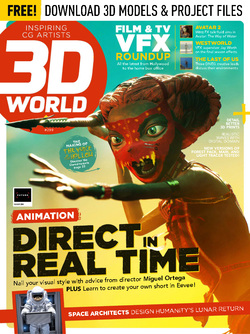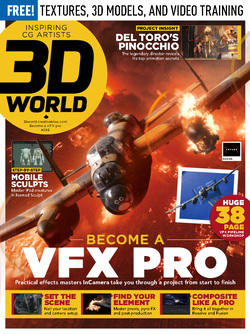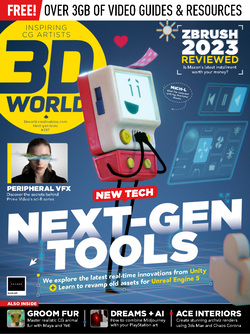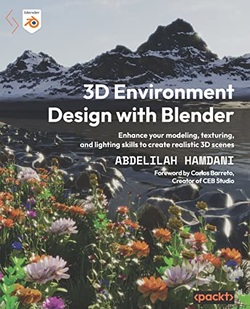GPU Pro 4؛ تکنیکهای پیشرفته رندرینگ

کتاب GPU Pro 4، به ارائه ایدهها و روشهای کاربردی که میتوانند به حل بسیاری از چالشهای برنامهنویسی گرافیکی روزانه شما کمک کنند، میپردازد و با تمرکز بر رسانههای تعاملی و بازی، متدهای بهروز را برای تولید گرافیکهای بلادرنگ، پوشش میدهند. این کتاب به شش بخش تقسیم شده است. با مباحثی در زمینه توانایی GPUها برای پردازش و تولید هندسه در روشهای هیجانانگیز آغاز میشود. سپس به معرفی تکنیکهای جدید سایه و روشنسازی جهانی برای آخرین موتورهای رندرینگ بلادرنگ میپردازد. و شرح میدهد که چگونه الگوریتمهای فضای تصویر درحال تبدیلشدن به یک روش کلیدی برای دستیابی به واقعیت بیشتر و تصاویر نهایی باکیفیتتر، میباشند. سپس به سمت وظایف سختتر سایههای رندرینگ حرکت میکند. این کتاب تحولات صورتگرفته در نقشههای بلادرنگ سایه را شرح میدهد.
سپس طراحی موتور بازی باکیفیت، بهینه و دارای معماری سطح بالا را پوشش میدهد.
بخش نهایی، روشهایی فراتر از محدوده طبیعی GPU، همچنین تکنیکهایی که امکان استفاده موازی از پردازندههای گرافیکی مدرن در کاربردهای گوناگونی دارند را کاوش میکند.
سپس طراحی موتور بازی باکیفیت، بهینه و دارای معماری سطح بالا را پوشش میدهد.
بخش نهایی، روشهایی فراتر از محدوده طبیعی GPU، همچنین تکنیکهایی که امکان استفاده موازی از پردازندههای گرافیکی مدرن در کاربردهای گوناگونی دارند را کاوش میکند.
سال انتشار: 2013 | 382 صفحه | حجم فایل: 41 مگابایت | زبان: انگلیسی
GPU Pro 4: Advanced Rendering Techniques
نویسنده
Wolfgang Engel
ناشر
A K Peters/CRC Press
ISBN10:
1466567430
ISBN13:
9781466567436
قیمت: 16000 تومان
برچسبها: رندرینگ
GPU Pro4: Advanced Rendering Techniques presents ready-to-use ideas and procedures that can help solve many of your day-to-day graphics programming challenges. Focusing on interactive media and games, the book covers up-to-date methods for producing real-time graphics.
Section editors Wolfgang Engel, Christopher Oat, Carsten Dachsbacher, Michal Valient, Wessam Bahnassi, and Sebastien St-Laurent have once again assembled a high-quality collection of cutting-edge techniques for advanced graphics processing unit (GPU) programming. Divided into six sections, the book begins with discussions on the ability of GPUs to process and generate geometry in exciting ways. It next introduces new shading and global illumination techniques for the latest real-time rendering engines and explains how image space algorithms are becoming a key way to achieve a more realistic and higher quality final image. Moving on to the difficult task of rendering shadows, the book describes the state of the art in real-time shadow maps. It then covers game engine design, including quality, optimization, and high-level architecture. The final section explores approaches that go beyond the normal pixel and triangle scope of GPUs as well as techniques that take advantage of the parallelism of modern graphic processors in a variety of applications.
Useful to beginners and seasoned game and graphics programmers alike, this color book offers practical tips and techniques for creating real-time graphics. Example programs and source code are available for download on the book’s CRC Press web page. The directory structure of the online material closely follows the book structure by using the chapter numbers as the name of the subdirectory.


